Disclosure: This article contains affiliate links. We may earn a commission from purchases at no extra cost to you, which helps our travel content.
After three years of living in Tokyo, I've come to understand that izakayas are far more than just 'Japanese pubs' as they're often described to tourists. These establishments represent a cultural institution where history, social customs, and culinary artistry converge in fascinating ways. As an archaeologist who spends her days examining how past civilizations lived, ate, and socialized, I find izakayas to be living museums of Japanese social tradition. The word itself—居酒屋 (izakaya)—combines the characters for 'stay,' 'alcohol,' and 'place,' perfectly capturing their essence as establishments where one lingers over drinks and shared plates. When my cousins visited from Nashville last month, I took them on an izakaya tour that prompted me to compile this guide. Far from the tourist-packed establishments in Shinjuku's Golden Gai or the polished chains in Ginza, these are the authentic neighborhood gems where locals gather, where tradition breathes, and where, if you're willing to venture beyond your comfort zone, you'll discover the beating heart of Tokyo's food culture.
Understanding Izakaya Culture: More Than Just Drinking
Izakayas embody what anthropologists call 'third places'—social surroundings separate from home and work where community connections form. Dating back to the Edo period (1603-1867), these establishments evolved from liquor shops that allowed customers to drink on premises to become the cornerstone of Japanese social life.
What fascinates me most as an archaeologist is how izakayas preserve social rituals that have remained remarkably consistent for centuries. The call of irasshaimase! (welcome!) when you enter, the presentation of oshibori (hot towels) to cleanse your hands, the ritualistic pouring of drinks for companions rather than yourself—these traditions create a microcosm of Japanese social values centered around group harmony.
During my first months in Tokyo, I was fortunate to be taken under the wing of Professor Tanaka from my research department, who explained that izakayas historically served as democratic spaces where social hierarchies temporarily dissolved. While formal restaurants maintained strict codes of conduct, izakayas allowed for a loosening of social constraints—though specific etiquette still applies.
Before my cousin Elijah visited last year, I gifted him a Japanese phrasebook which proved invaluable for navigating izakaya customs. The simple phrases he learned—sumimasen (excuse me/I'm sorry) and kanpai (cheers)—went remarkably far in creating connections across language barriers.
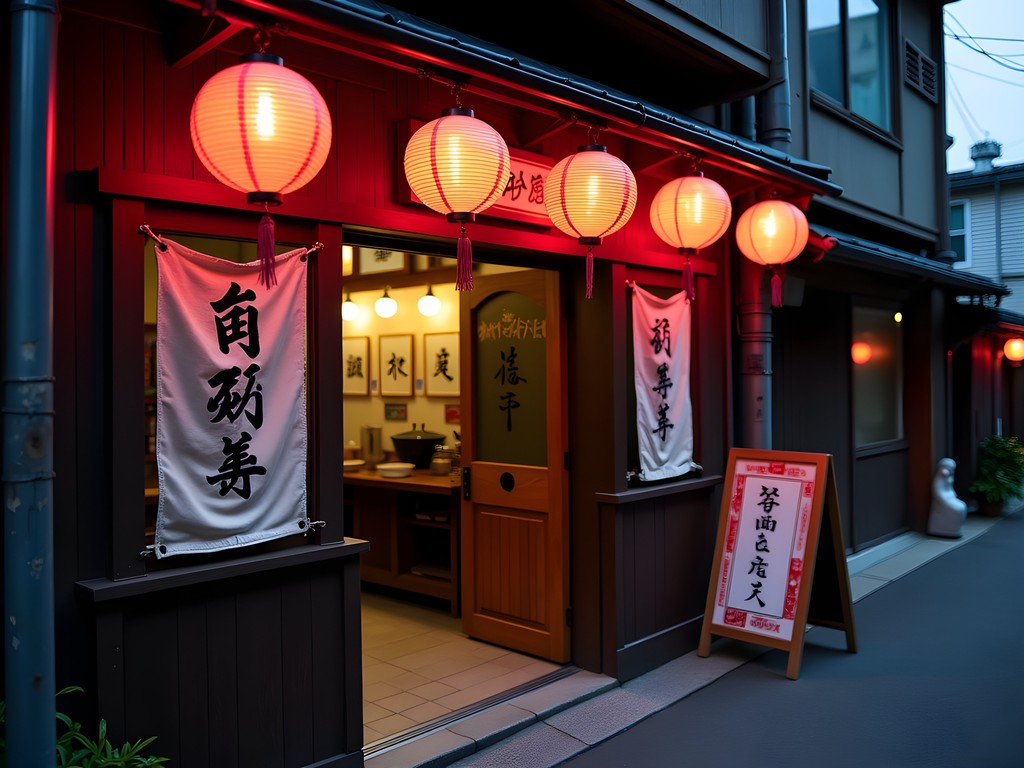
💡 Pro Tips
- Learn basic izakaya phrases like 'kanpai' (cheers) and 'sumimasen' (excuse me/I'm sorry)
- Always pour drinks for others, never for yourself - it's considered polite
- Remove your shoes if you're seated in a tatami room area
Navigating Tokyo's Izakaya Neighborhoods
Tokyo's izakaya landscape is as diverse as its 23 wards, with each neighborhood offering distinct atmospheres and specialties. After countless evenings exploring with colleagues and hosting visiting family members, I've mapped the city's izakaya terrain like an archaeological site—layer by layer, district by district.
Ebisu: My personal favorite area and where I take first-time visitors. The warren of tiny establishments in Ebisu Yokocho food alley offers an accessible entry point to izakaya culture. Here, you'll find predominantly locals but an atmosphere welcoming to foreigners. Try Ebisu Yokocho Bakushō for their legendary grilled mackerel and surprisingly excellent vegetable dishes.
Koenji: This bohemian neighborhood west of Shinjuku houses Tokyo's most characterful izakayas. When my sister visited last spring, we spent an unforgettable evening at Tetsu, where the 70-year-old proprietor regaled us with stories of the neighborhood's evolution while serving Shōwa-era (1926-1989) recipes passed down through generations.
Kichijoji: For those seeking izakayas with outdoor seating (a rarity in Tokyo), the area around Harmonica Yokocho can't be beaten. These alleys were once a black market following WWII and retain their ramshackle charm. Iseya has been serving their signature yakitori since 1928.
Shimokitazawa: This hipster enclave houses innovative izakayas blending tradition with contemporary twists. Shirube specializes in regional sake paired with modern interpretations of classic izakaya dishes.
When exploring these neighborhoods, especially the more labyrinthine yokocho alleys, I always bring my pocket wifi to navigate and translate menus on the fly. The device has saved countless evenings when trying to find hidden spots or communicate specific dietary needs.
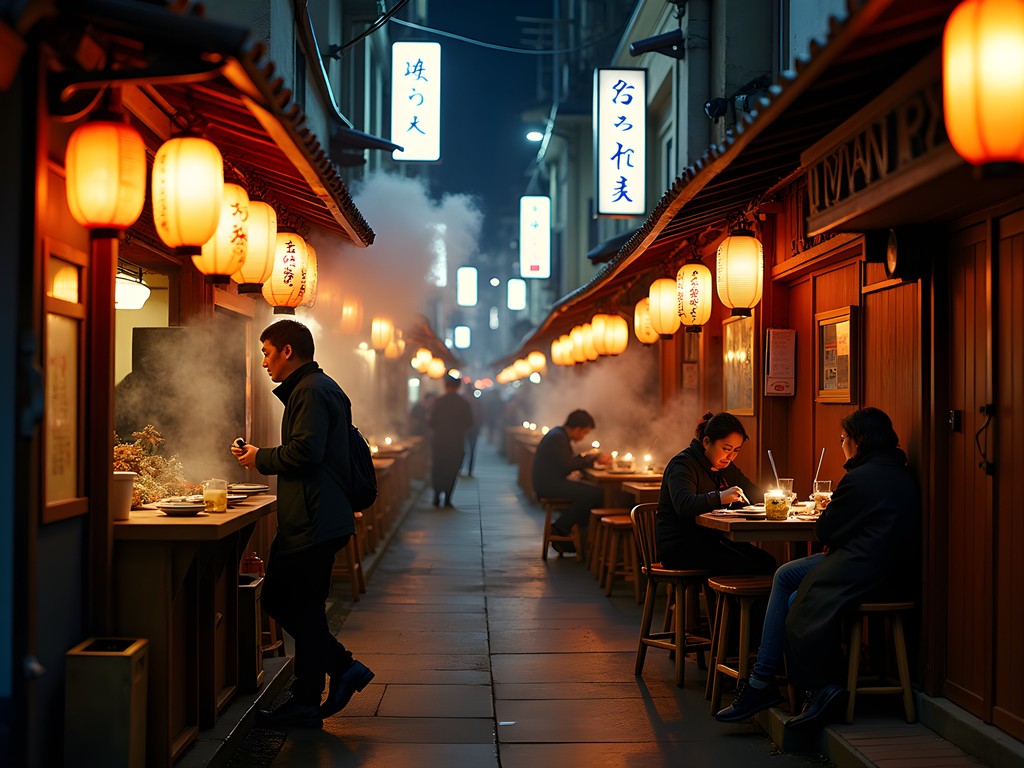
💡 Pro Tips
- Visit Ebisu Yokocho for your first authentic izakaya experience
- Explore Koenji for the most character-filled, old-school establishments
- Try Harmonica Yokocho in Kichijoji if you prefer outdoor seating options
Deciphering Izakaya Menus: Beyond Sushi and Ramen
Izakaya menus can be intimidating even for those familiar with Japanese cuisine, as they often showcase dishes rarely found in Western Japanese restaurants. Having hosted numerous family members with varying levels of culinary adventurousness, I've developed strategies for navigating these extensive offerings.
Most izakayas organize their menus into distinct categories that follow a traditional progression:
Sakana (Appetizers): These small dishes are designed specifically to pair with alcohol. My archaeologist's perspective finds it fascinating how these evolved from simple preserved foods meant to extend drinking sessions to the sophisticated small plates we see today. Don't miss edamame (young soybeans), hiyayakko (chilled tofu), and tsukemono (pickled vegetables)—all excellent starting points for newcomers.
Agemono (Fried Dishes): The Japanese approach to frying achieves a remarkable lightness. Karaage (fried chicken) is universally beloved, while agedashi dofu (fried tofu in broth) offers a gentler introduction to Japanese textures.
Yakimono (Grilled Dishes): This category represents the heart of izakaya cuisine. Yakitori (grilled chicken skewers) ranges from familiar breast meat to more adventurous parts. When my nephew visited, we created a game of trying one familiar skewer followed by one adventurous choice—by evening's end, he declared chicken hearts his surprising favorite!
Nimono (Simmered Dishes): These slow-cooked items showcase Japan's mastery of extracting maximum flavor through patience. Oden (various ingredients simmered in dashi broth) is particularly comforting in winter months.
Shime (Closing Dishes): Traditionally, meals end with carbohydrate-rich dishes to absorb alcohol. Ochazuke (rice with tea poured over) makes for a gentle conclusion.
When dining at izakayas with limited English menus, I rely on my translation app with its camera function to instantly translate menu items. Before visiting Japan, I recommend downloading this app and ensuring you have offline Japanese language packs installed.
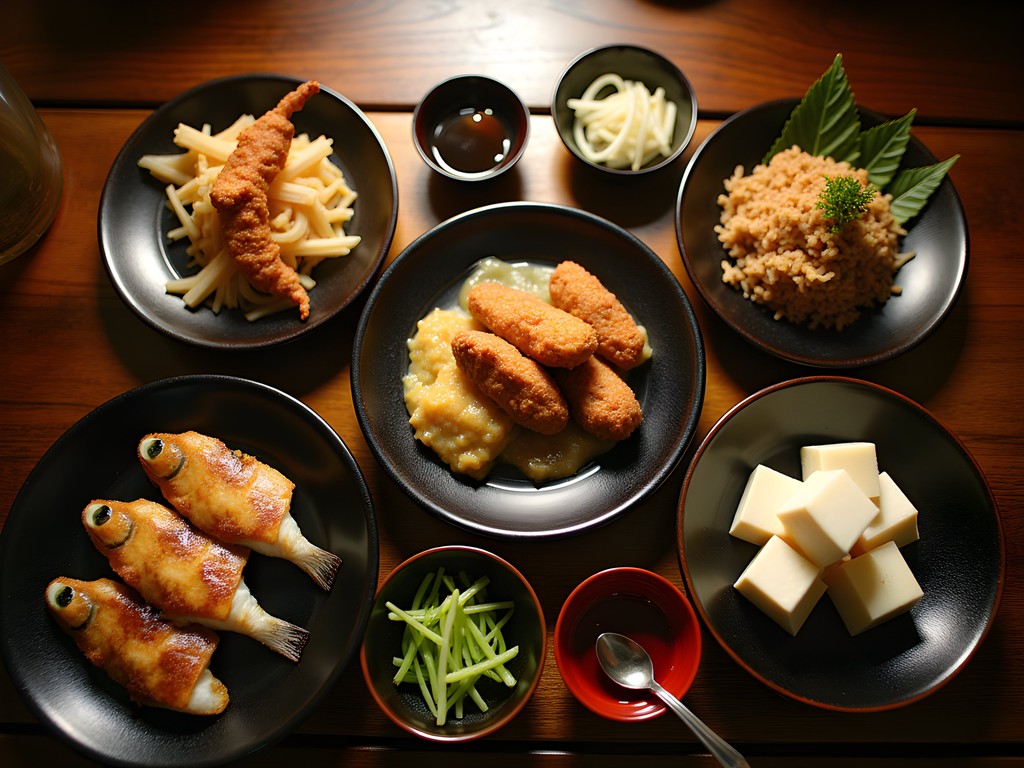
💡 Pro Tips
- Order 'omakase' (chef's selection) if you're feeling adventurous
- Try at least one unfamiliar item each visit to expand your palate
- Most izakayas have picture menus or food displays to help with ordering
Sake and Beyond: Navigating Izakaya Drink Menus
My archaeological training has given me a deep appreciation for sake (nihonshu), as its production methods have remained remarkably consistent for centuries. The fermentation process using koji mold represents one of humanity's most sophisticated culinary technologies, dating back approximately 2,500 years in Japan.
At izakayas, sake is typically served in one of three ways:
Ochoko: Small ceramic cups, traditionally refilled by dining companions rather than oneself—a beautiful social ritual emphasizing community care.
Masu: Square wooden boxes sometimes used for ceremonial or special occasions.
Tokkuri: The small ceramic flasks from which sake is poured.
When ordering sake, you'll typically choose between:
Junmai: Pure rice sake with no added alcohol, offering rich umami flavors.
Ginjo/Daiginjo: Premium sakes with rice polished to remove more of the grain's exterior, resulting in more refined, aromatic profiles.
Nama: Unpasteurized sake with vibrant, fresh characteristics.
Beyond sake, izakayas offer numerous other beverage options. Shochu, a distilled spirit made from various base ingredients (sweet potato, barley, rice), provides a stronger alternative. Highballs—whisky with soda water—have experienced a renaissance and pair beautifully with grilled items.
For those preferring non-alcoholic options, most izakayas offer excellent mugicha (barley tea) and creative fruit-based drinks.
To truly elevate your izakaya experience, I recommend bringing a sake journal to record your favorites. After years of exploration, I've found this practice invaluable for remembering preferred styles and breweries—particularly helpful when shopping for bottles to bring home as souvenirs.

💡 Pro Tips
- Let your server know your flavor preferences (dry, sweet, light, rich) for sake recommendations
- Try 'kikizake' (sake flight) to sample multiple varieties
- Drink water between sake varieties to appreciate their distinct characteristics
Izakaya Etiquette: Navigating Social Customs
As an archaeologist studying how cultural practices evolve, I find izakaya etiquette particularly fascinating—it represents centuries of social evolution distilled into specific customs that persist today. Understanding these unwritten rules can transform your experience from potentially awkward to deeply enriching.
Seating Arrangements: When you enter, you'll typically hear 'Nanmei-sama desu ka?' (How many people?). Most izakayas offer table seating, counter seating (ideal for solo diners or couples), and occasionally tatami rooms for larger groups. If you're seated in a tatami area, remember to remove your shoes before stepping onto the mats.
Ordering Process: Unlike Western restaurants where each person orders their own meal, izakayas embrace communal dining. When my family visits, I typically order 1-2 dishes per person to share, adding more as the evening progresses. This approach allows everyone to sample a wider variety of items.
Otōshi/Tsukidashi: Don't be surprised when small dishes appear without ordering—these mandatory appetizers (similar to cover charges) are standard practice and typically cost 300-700 yen per person. Consider them the establishment's culinary greeting card.
Drinking Customs: Never pour your own drink—instead, serve others and they will reciprocate. When receiving a pour, lift your glass slightly with both hands to show appreciation. The ubiquitous toast 'Kanpai!' is accompanied by eye contact with fellow diners.
Time Considerations: Many izakayas operate on a nomihōdai (all-you-can-drink) or tabehōdai (all-you-can-eat) system with strict time limits, typically two hours. Others may not explicitly state time limits but appreciate table turnover during peak hours.
One tool I've found invaluable for navigating these customs is the Japan travel guidebook, which offers excellent cultural context beyond just listing attractions. Its sections on dining etiquette helped me avoid several potential faux pas during my early months in Tokyo.
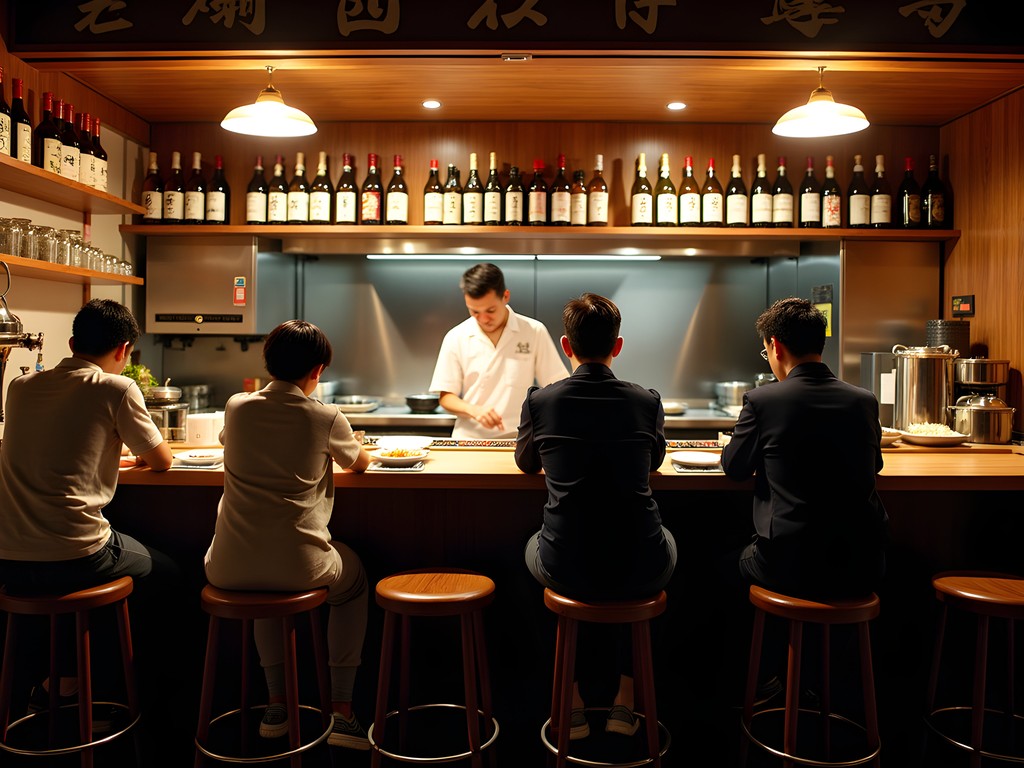
💡 Pro Tips
- Always keep your dining companion's glasses filled - never pour your own drink
- Say 'Kanpai!' (cheers) before your first sip
- If you're in a tatami room, remove shoes and never step on the cushion edges
My Six Favorite Hidden Tokyo Izakayas
After three years of methodical exploration (and countless memorable evenings), I've compiled my definitive list of Tokyo's most exceptional hidden izakayas. These establishments won't appear in most guidebooks, and several don't have English menus—but the extra effort required to find them yields extraordinary rewards.
1. Jōmon (Roppongi) Hidden down an unmarked staircase near Roppongi crossing, Jōmon specializes in robata-grilled items from Japan's northern regions. The prehistoric name (referring to Japan's ancient Jōmon period, 14,000-300 BCE) resonates with my archaeological sensibilities. Their signature dish—charcoal-grilled fresh fish served with mountain herbs—represents a direct culinary link to ancient preparation methods.
2. Sasagin (Yoyogi) With over 200 sake varieties, this intimate establishment has been my go-to when hosting academic colleagues. The owner, Narita-san, possesses encyclopedic knowledge of regional brewing techniques and will guide your selections based on your food choices. Their seasonal vegetable dishes showcase Japanese agricultural traditions in their purest form.
3. Kabuto (Meguro) Specializing in eel preparation, this six-seat counter establishment has remained essentially unchanged since 1958. Reservations are essential and must be made by phone in Japanese (I've had hotel concierges assist visiting family members with this). The singular focus on perfecting one ingredient exemplifies the Japanese concept of shokunin (mastery through dedication to a craft).
4. Kotaro (Shibuya) Located in a converted apartment with no signage, finding Kotaro feels like an archaeological discovery itself. Chef Kotaro-san experiments with fermentation techniques drawn from Japanese culinary history, creating dishes that taste simultaneously ancient and innovative.
5. Toritama (Ebisu) For yakitori enthusiasts, this specialist serves over 30 different chicken parts, from familiar to obscure. Their cooking approach—minimal seasoning, precise grilling times—reveals the Japanese philosophy of highlighting natural flavors rather than masking them.
6. Shinsuke (Ueno) Established in 1925, this izakaya represents living history. The current owner is the grandson of the founder, and many recipes remain unchanged for nearly a century. Their house specialty, nasu-dengaku (miso-glazed eggplant), follows preparation methods documented in Edo-period cookbooks.
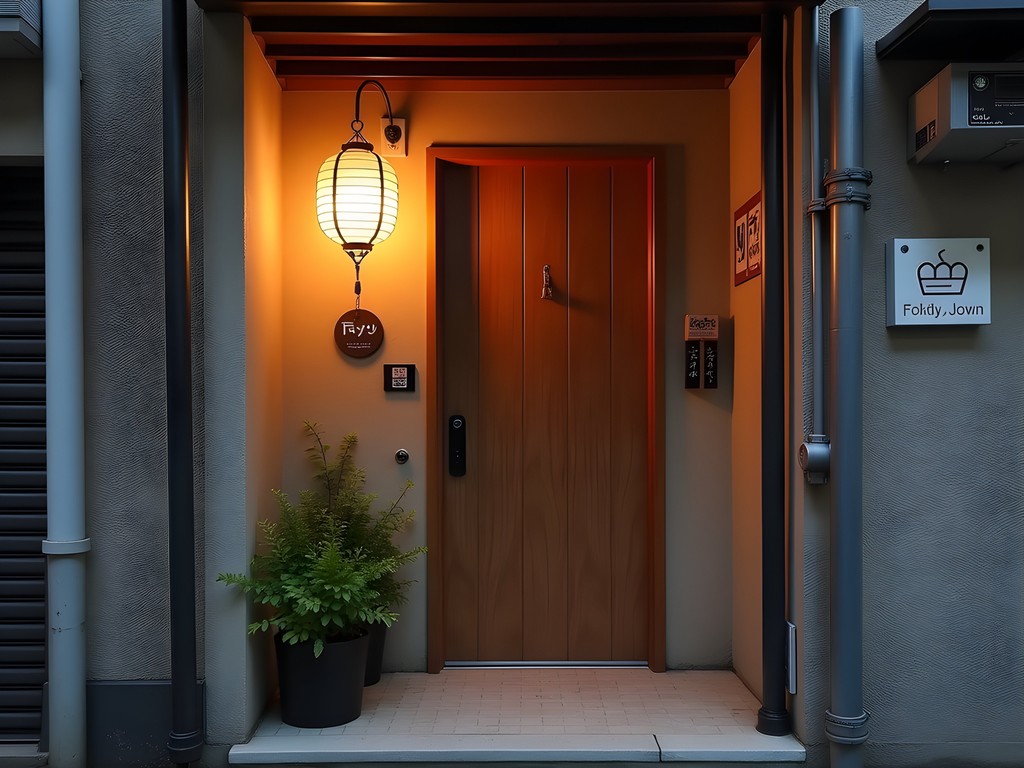
💡 Pro Tips
- Make reservations whenever possible, especially for smaller establishments
- Bring a Japanese-speaking friend or ask your hotel concierge to call ahead for the most exclusive spots
- Visit early (around 6pm) if you can't secure reservations
Final Thoughts
As both an archaeologist and an adopted Tokyoite, I've come to see izakayas as more than dining establishments—they're living museums where Japan's culinary and social history continues to evolve while honoring centuries-old traditions. The beauty of izakaya culture lies in its accessibility; whether you're a solo traveler seeking connection or a group wanting to experience authentic Japanese socializing, these establishments welcome all who approach with respect and curiosity. When you venture beyond the tourist spots into these neighborhood gems, you'll discover that the true magic of Tokyo isn't found in its skyscrapers or shopping districts but in these intimate spaces where stories are shared, friendships are formed, and cultural understanding deepens with every kampai. So on your next Tokyo visit, step through a noren curtain, pull up a seat at the counter, and participate in a social tradition that has brought people together for centuries. Your izakaya adventure awaits!
✨ Key Takeaways
- Izakayas are cultural institutions that reveal Japanese social values and traditions
- Neighborhoods like Ebisu, Koenji, and Shimokitazawa offer distinct izakaya experiences
- Understanding basic etiquette enhances your experience and shows respect for local customs
- The best izakayas are often hidden in residential areas with minimal signage
📋 Practical Information
Best Time to Visit
year-round
Budget Estimate
$30-60 per person for food and drinks
Recommended Duration
1-week to explore various neighborhoods
Difficulty Level
Intermediate



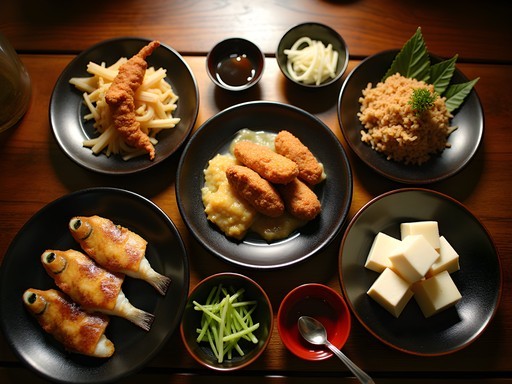

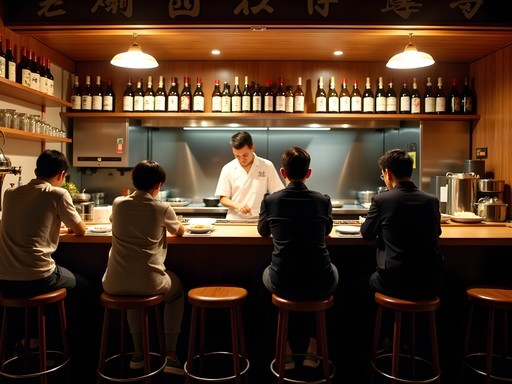



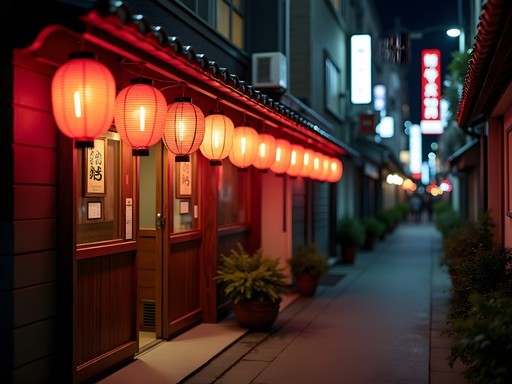



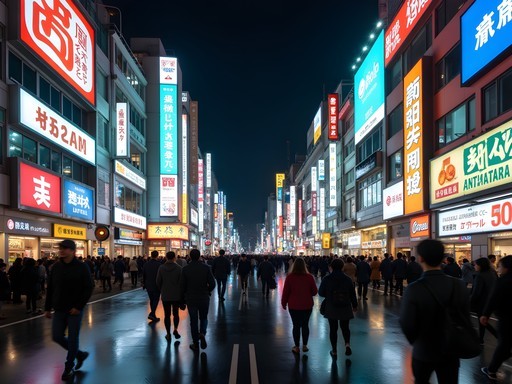

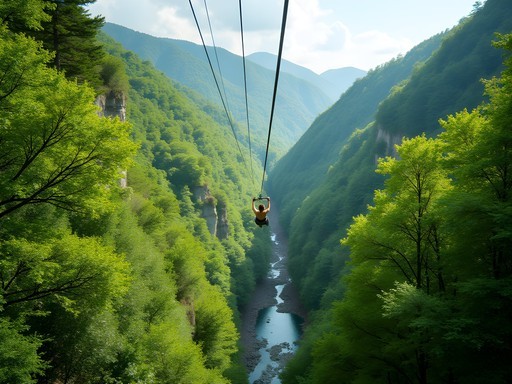
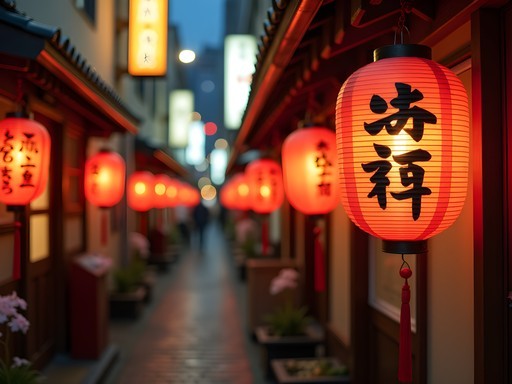
Comments
travelqueen88
Those yakitori skewers look amazing! Making me hungry just looking at them!
dreamway1751
Love this post! I've been to Tokyo twice but always stuck to the touristy places. What's the etiquette on drinking? I've heard you shouldn't pour your own drink?
moonone5954
Not Ana, but when I was in Osaka, my local friend taught me to always pour for others and let them pour for you! It's a respect thing.
Ana Robinson
moonone5954 is exactly right! It's considered polite to pour drinks for others rather than yourself. Also, saying 'kanpai' (cheers) before the first drink and waiting for everyone to get their drinks before starting is good etiquette. Don't worry too much though - most locals are understanding with tourists!
Douglas Bradley
Fantastic guide, Ana! I spent two months exploring Tokyo's izakaya scene last year, and your breakdown of the different neighborhood vibes is spot-on. One thing I'd add about Golden Gai - go on weeknights if possible. The tiny bars there get absolutely packed on weekends, and the more intimate experience is what makes it special. I found carrying a small Japanese phrasebook really helped break the ice with locals, especially when ordering less common sake varieties. The point about respecting the otōshi tradition is crucial - I've seen too many tourists get upset about it without understanding the cultural context.
Ana Robinson
Great tip about Golden Gai weeknights, Douglas! Completely agree. And yes, understanding otōshi as part of the experience rather than an annoying charge makes such a difference in how you approach the whole izakaya culture.
moonone5954
Going to Tokyo next month for the first time! Any specific izakaya in Shinjuku you'd recommend that won't be too intimidating for someone who speaks zero Japanese?
Ana Robinson
Hi moonone5954! In Shinjuku, try Albatross or Tatemichiya - both are used to foreign visitors but still authentic. Look for places with picture menus or bring a translation app. Most importantly, just smile and be respectful - that goes a long way!
moonone5954
Thanks so much Ana! Will definitely check those out. Super excited!
happypro
Great post! I'm heading to Tokyo with my partner in October and we're both a bit nervous about izakaya etiquette. Is it okay if we don't drink alcohol? My partner doesn't drink but we still want the izakaya food experience. Also, any recommendations for places that might have English menus or be foreigner-friendly without losing authenticity? I've got this phrasebook but my Japanese is still super basic!
Ahmed Palmer
Non-drinkers are absolutely fine in izakayas! Just order soft drinks or tea instead. Many places in Shibuya and Shinjuku have picture menus or basic English these days. Look for 'nomihoudai' (all you can drink) and 'tabehoudai' (all you can eat) options for good value!
happypro
Thanks Ahmed! That's really helpful. Can't wait to try some authentic yakitori!
Ahmed Palmer
Ana, this brings back such memories of my research trip to Tokyo last year. I spent three weeks exploring izakayas for my own blog series on global drinking establishments. What fascinates me most is how the izakaya represents Japan's approach to work-life balance - that transitional space between professional and personal life. I found Ebisu particularly rewarding for izakaya exploration - less touristy than Shinjuku but still accessible. The chicken karaage at a tiny place called Toritake was possibly the best I've had in my travels across 47 countries. Did you find regional variations in izakaya culture as you ventured outside Tokyo? I noticed subtle differences even between Tokyo and Osaka's approach.
happypro
Ahmed - I've been to that Toritake place! The master there has been making karaage for like 40 years. Did you try the cabbage with that special miso dressing too?
springclimber
OMG this post couldn't have come at a better time! Just booked flights to Tokyo for January and izakayas are top of my list! Ana, you're a lifesaver - I was getting overwhelmed trying to figure out where to go. That map you included with the different neighborhood vibes is PERFECT. Question: is it weird to go to an izakaya solo? I'm traveling alone and really want the authentic experience!
springqueen
Not weird at all! I went to several solo. Counter seats are perfect for solo diners, and you might even make friends with locals!
globeone
This is exactly what I needed! Going to Tokyo next month and izakayas were on my list but had no clue where to start.
Ahmed Palmer
Make sure to try Shinjuku's Golden Gai area - tiny bars stacked on top of each other. Absolutely fascinating microcosm of Tokyo drinking culture!
globeone
Thanks Ahmed! Adding it to my list. Any issues with the language barrier?
Nicole Russell
Ana, this guide is GOLD! I'm heading back to Tokyo next month and will definitely check out your Sangenjaya recommendations. One tip for everyone: most izakayas have a seating charge (otōshidai) that includes a small appetizer. It's usually 500-1000 yen per person. Don't be surprised when it shows up on your bill - it's standard practice!
smartrider
Any recommendations for vegetarian-friendly izakayas?
springclimber
Try Saishoku Vegetarian in Yotsuya! Not a traditional izakaya but they have that same cozy vibe with all vegetarian small plates. The nasu dengaku (miso eggplant) is AMAZING!
Venture X
Premium card with 2X miles, $300 travel credit, Priority Pass